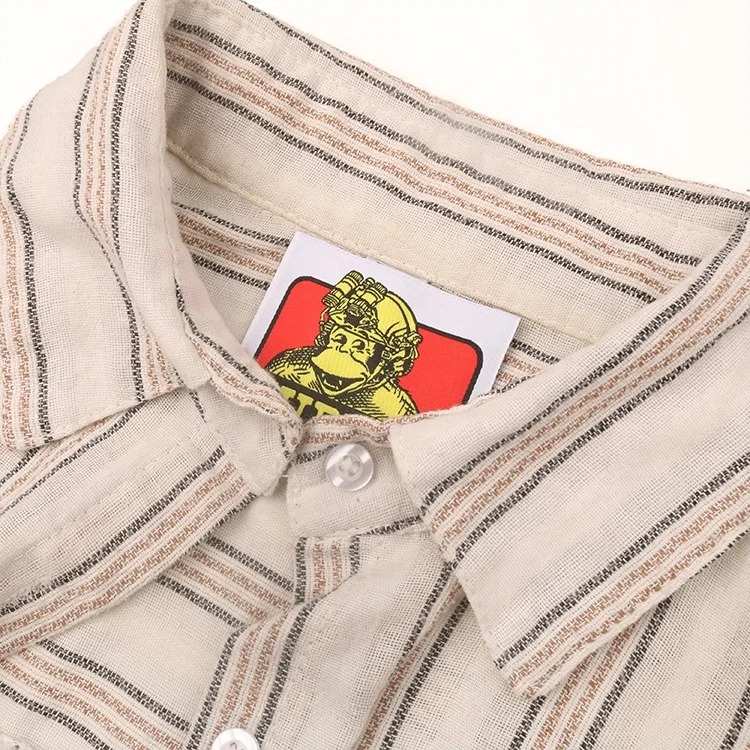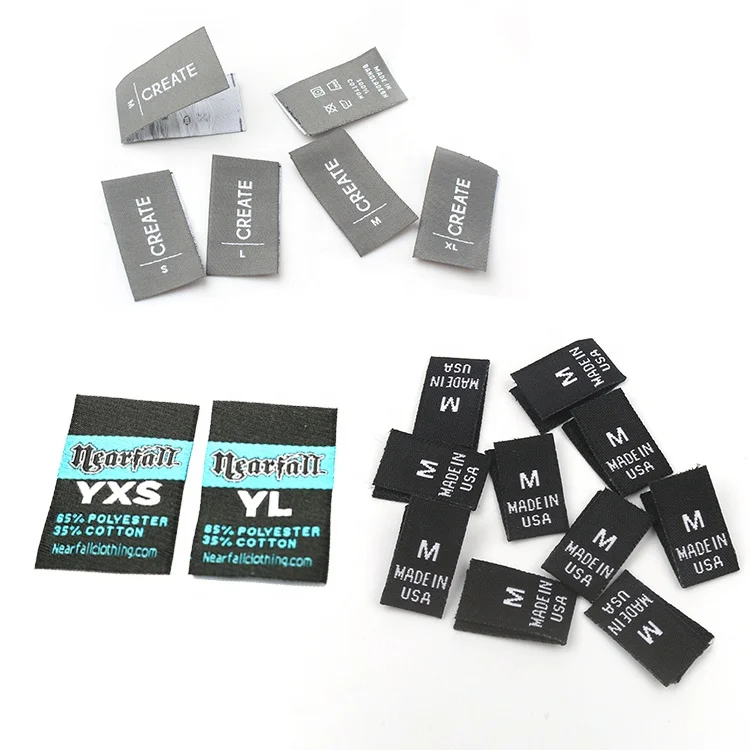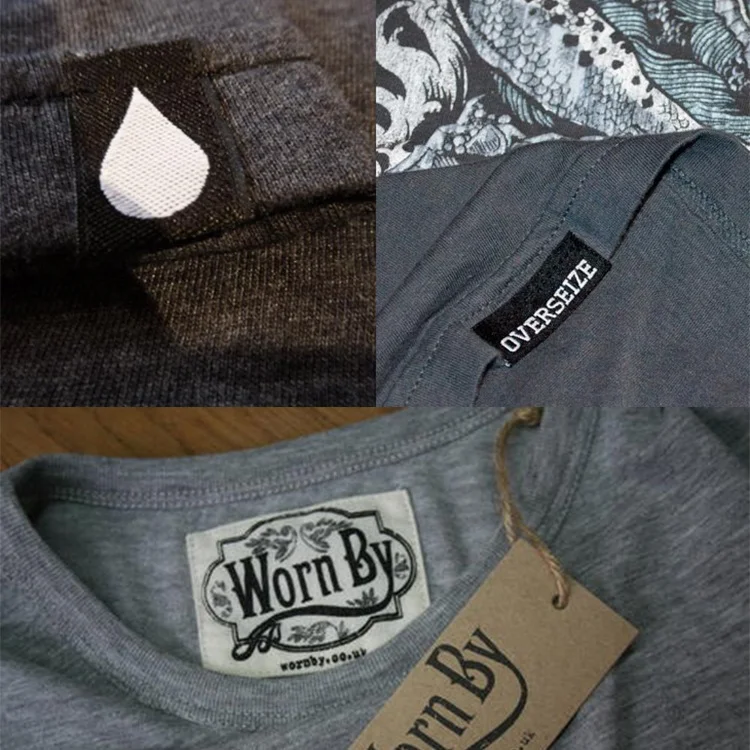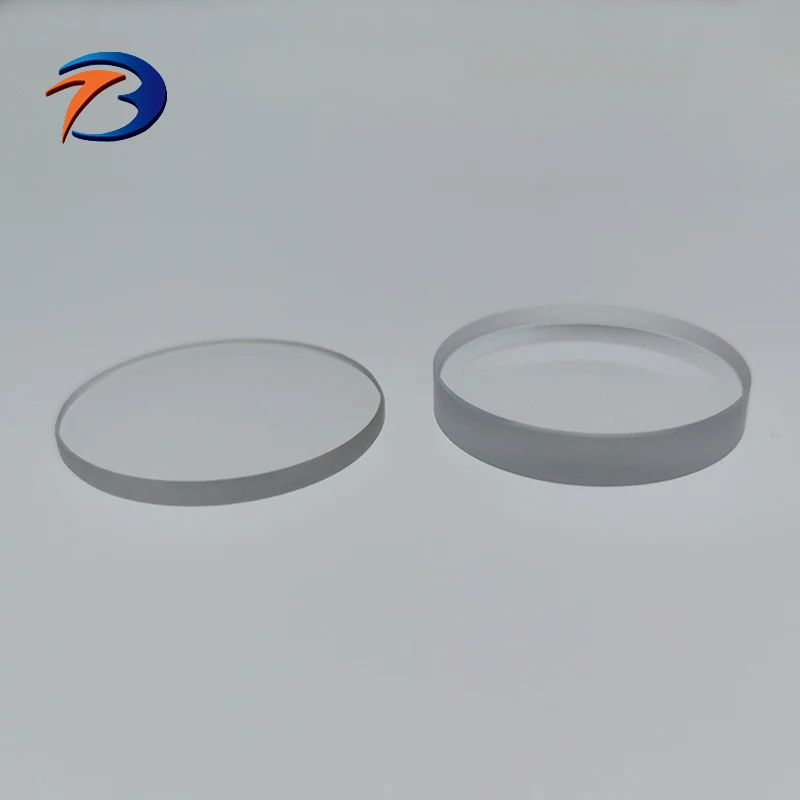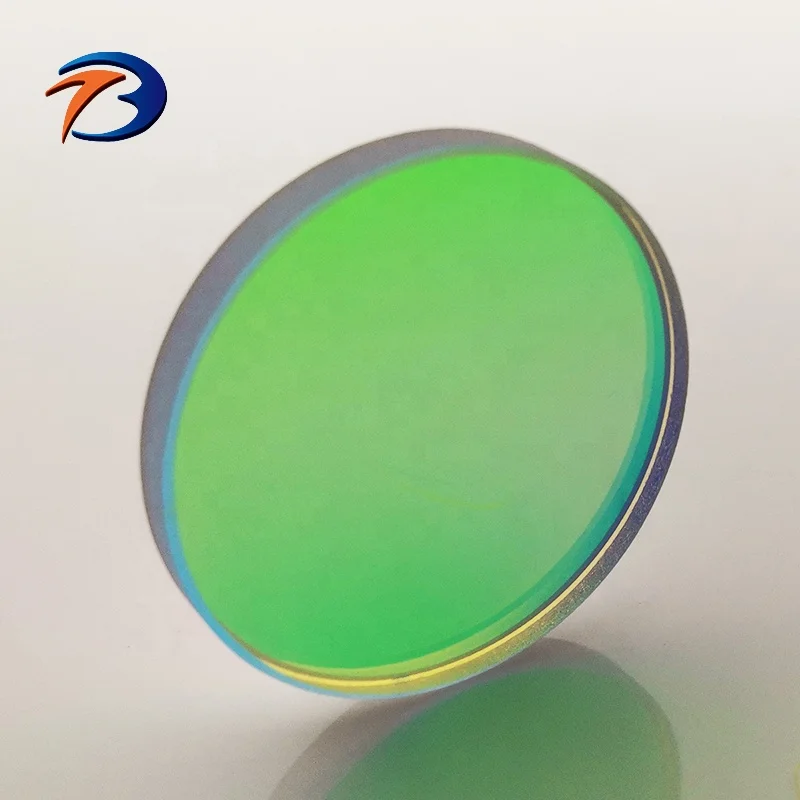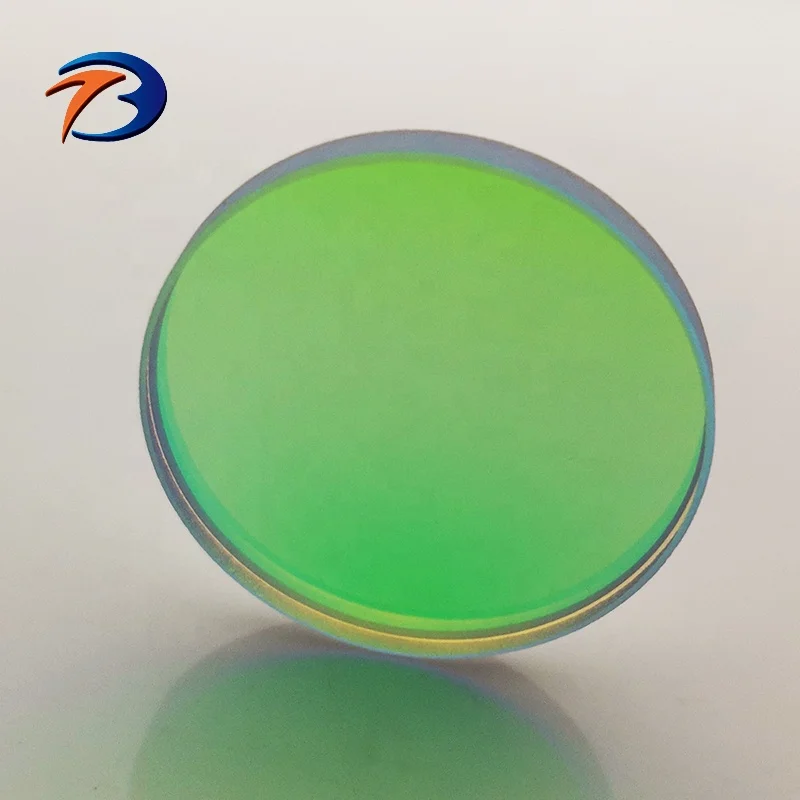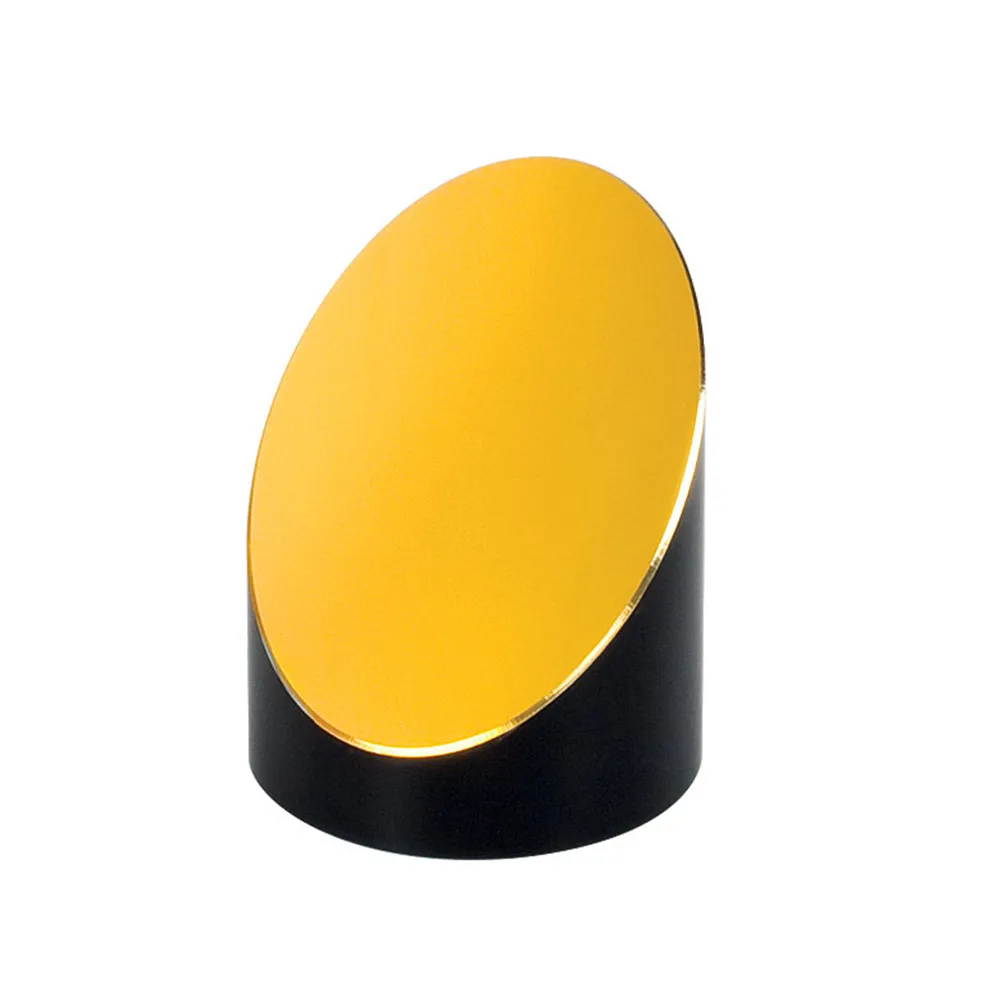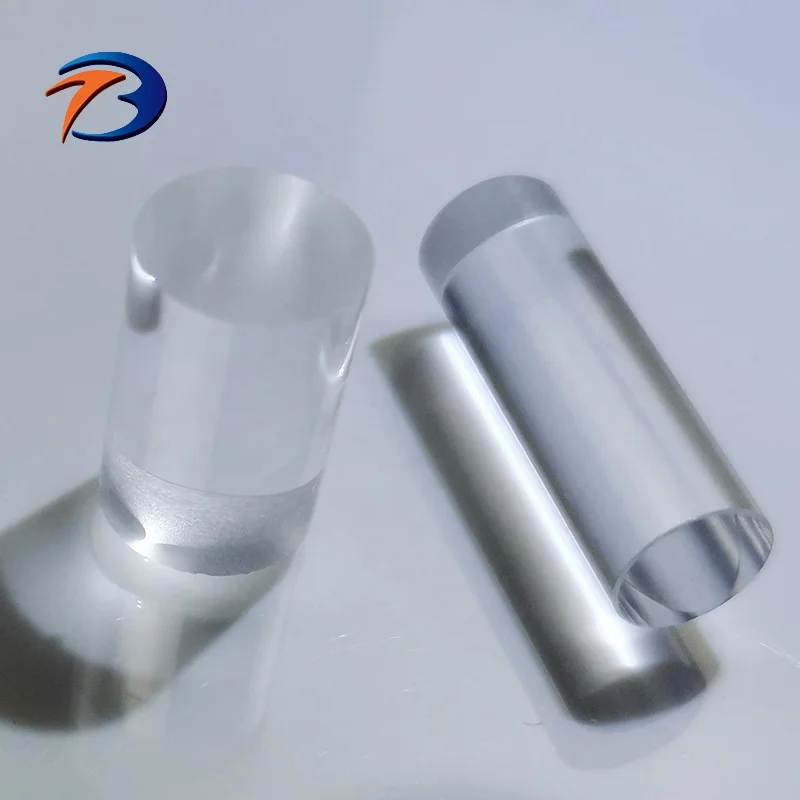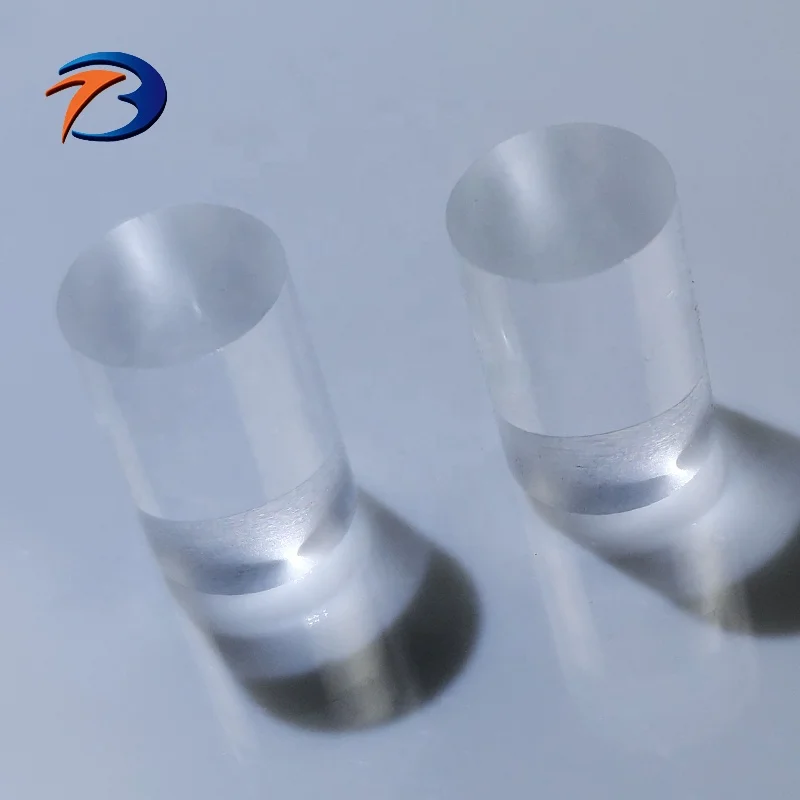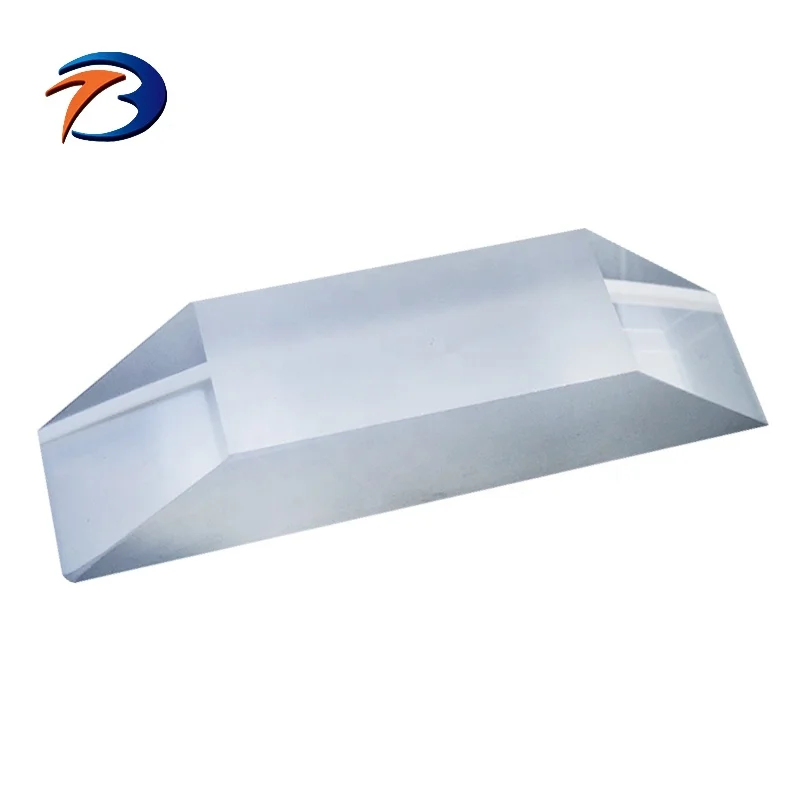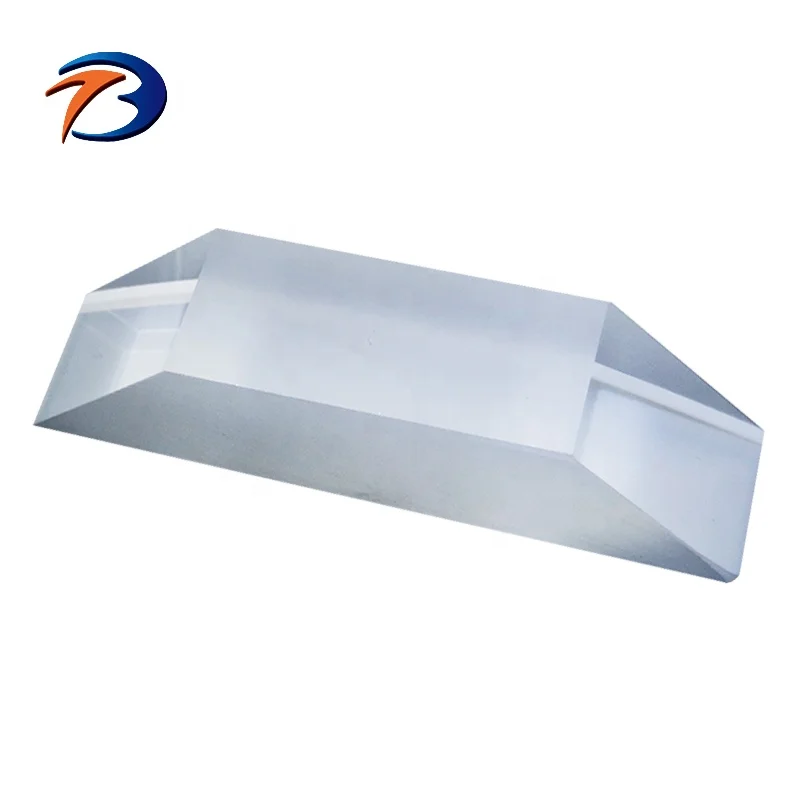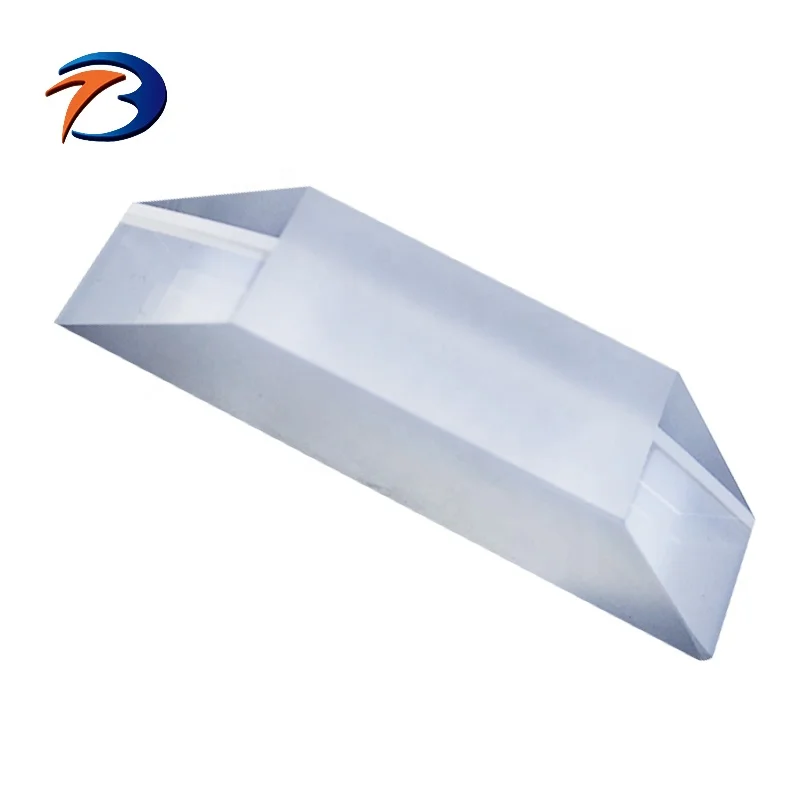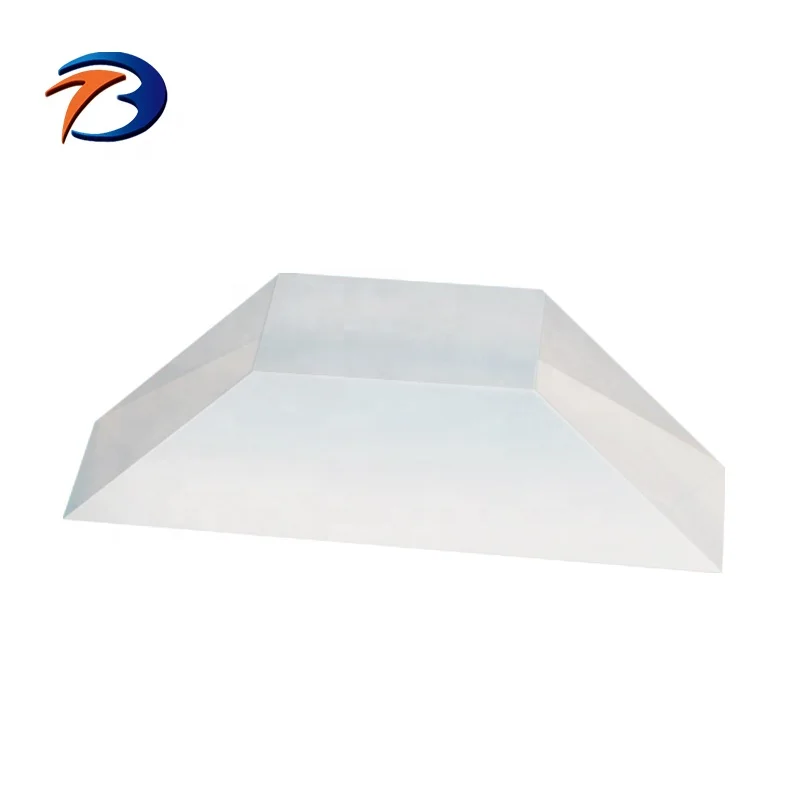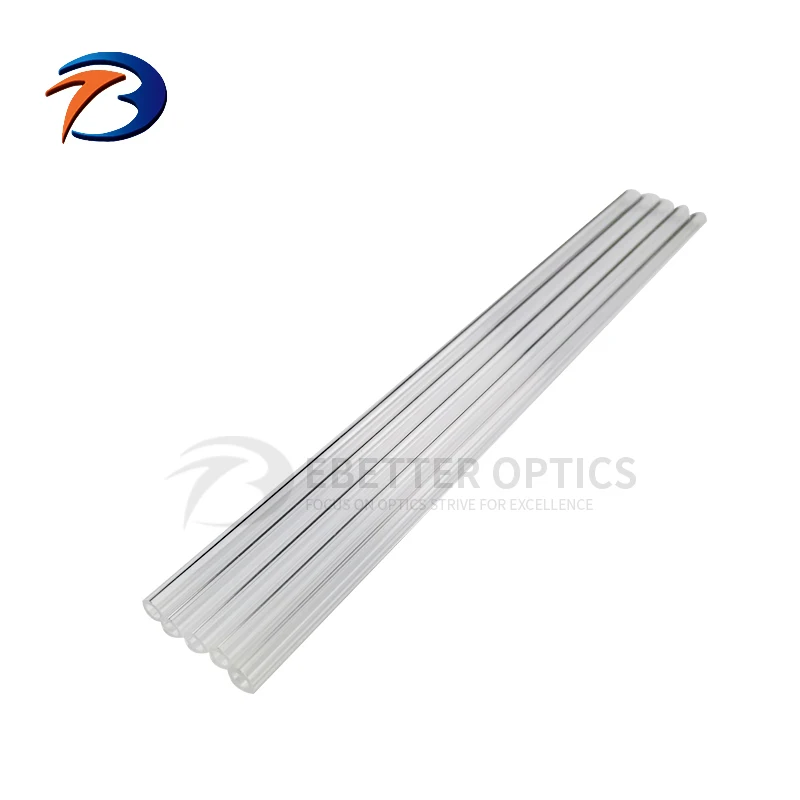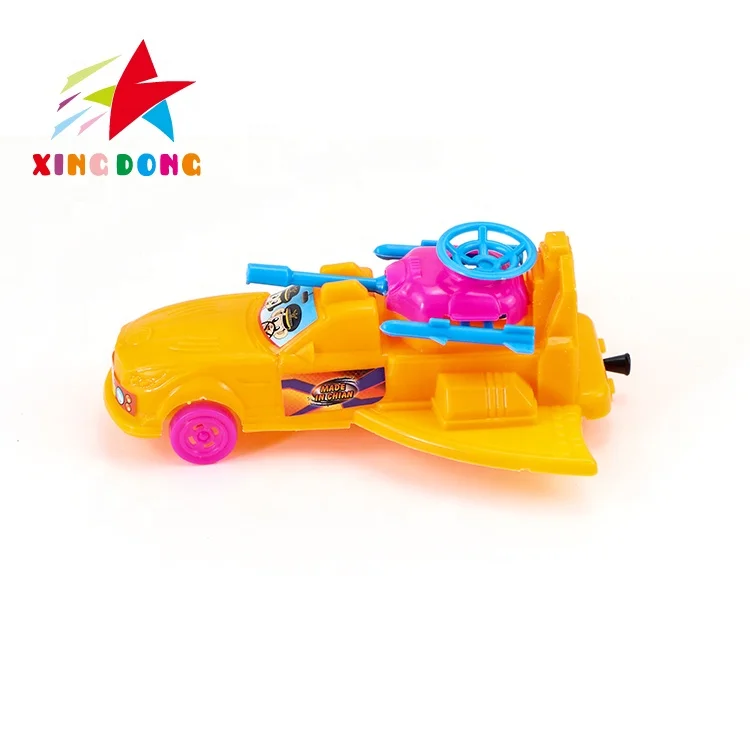The Ultimate Guide to Choosing the Best Plier for Your Needs
Pliers are essential tools in any toolbox, whether for professional tradespeople or DIY enthusiasts. With so many types and brands available, selecting the right plier can be overwhelming. This guide will help you understand the different types, their functions, and how to choose the best one for your needs.
How to Find Reliable Plier from China in 2025
China is a leading manufacturer of high-quality pliers, offering competitive prices and a wide variety of options. To find reliable suppliers, consider platforms like Alibaba, which vet manufacturers and provide buyer protection. Look for suppliers with high ratings, positive reviews, and certifications like ISO 9001. Request samples to test quality before placing bulk orders.
What Buyers Should Know Before Buying Plier from China
Before purchasing pliers from China, research the supplier’s reputation, product specifications, and shipping terms. Ensure the materials used (e.g., high-carbon steel) meet your requirements. Check for warranties and after-sales support. Be aware of import duties and shipping costs, which can affect the total price.
Types of Plier
There are several types of pliers, each designed for specific tasks:
- Combination Pliers: Versatile for gripping, bending, and cutting.
- Long-Nose Pliers: Ideal for precision work in tight spaces.
- Locking Pliers: Provide a secure grip with adjustable pressure.
- Cutting Pliers: Designed for cutting wires and cables.
- Slip-Joint Pliers: Adjustable for different-sized objects.
Functions and Features of Plier
Pliers are designed for gripping, bending, twisting, and cutting materials. Key features to look for include ergonomic handles for comfort, corrosion-resistant coatings, and durable construction. Some models include additional features like wire strippers or crimping tools.
Scenarios of Plier
Pliers are used in various scenarios, from electrical work and automotive repairs to crafting and home improvement. For example, electricians rely on cutting pliers for wire work, while mechanics use locking pliers for stubborn bolts.
How to Choose Plier
When choosing a plier, consider the task at hand, material quality, and comfort. Opt for high-carbon steel for durability and ergonomic handles to reduce hand fatigue. Check the grip strength and adjustability for versatile use.
Plier Q & A
Q: What is the best material for pliers?
A: High-carbon steel is the best material due to its strength and durability.
Q: How do I maintain my pliers?
A: Clean them after use, lubricate moving parts, and store in a dry place to prevent rust.
Q: Can I use pliers for cutting thick wires?
A: Yes, but ensure the pliers are designed for cutting and match the wire thickness.
Q: Are expensive pliers worth it?
A: Higher-priced pliers often offer better materials, durability, and comfort, making them a worthwhile investment.
Q: How do I know if a plier is ergonomic?
A: Look for cushioned, non-slip handles and a design that reduces hand strain.



